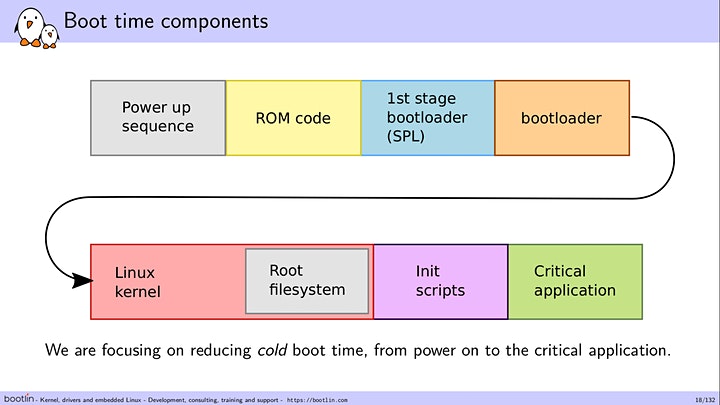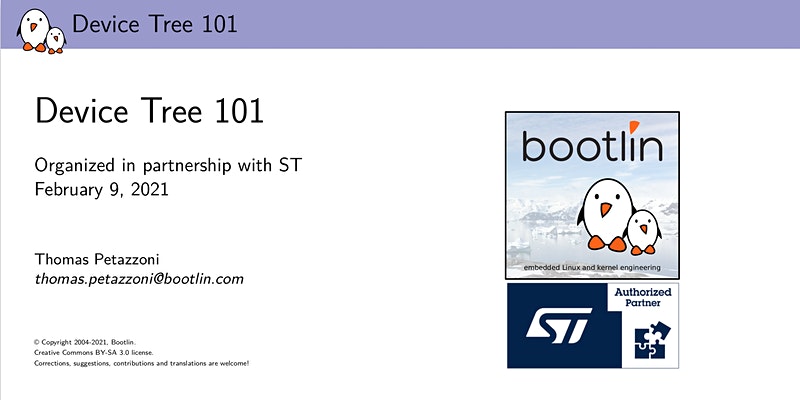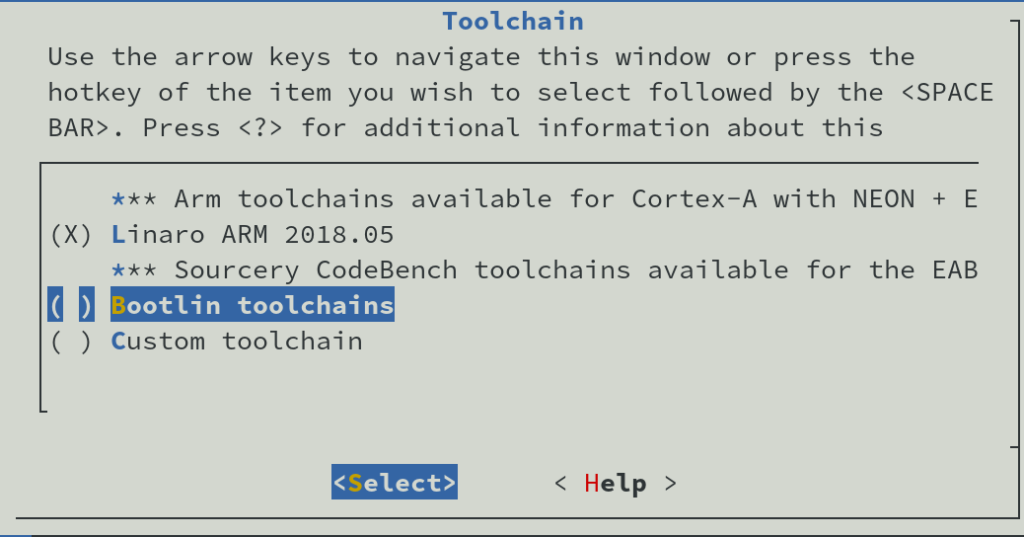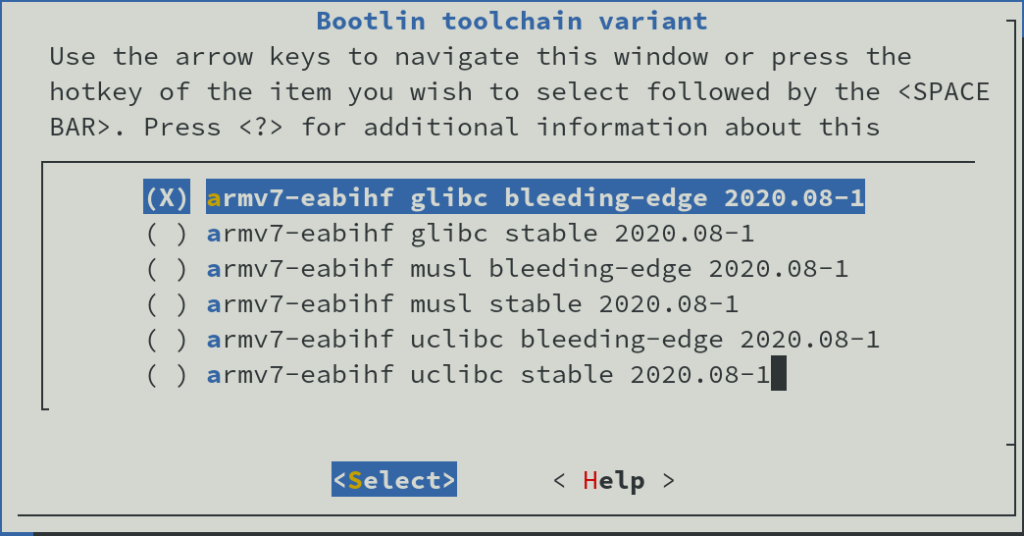We are happy to announce that Bootlin (formerly Free Electrons) has been acquired by two of its employees, Thomas Petazzoni and Alexandre Belloni.
Bootlin was founded in 2004 by Michael Opdenacker, with the goal of promoting the use of Linux and Free Software in embedded systems worldwide.
Thomas Petazzoni joined Bootlin in 2008, as the first employee. Thomas expanded the company offering by starting an engineering services activity, contributed to the growth of the company and took a CTO position. Thomas has a strong technical, open-source and embedded Linux background: he is the co-maintainer of the Buildroot project, has contributed to the Linux kernel, spoke at multiple international conferences and is the member of several embedded Linux conferences program committees. As Bootlin CTO, Thomas has been in charge of the complete engineering services activity: communication, sales, customer interaction, project management, scheduling and review.
Alexandre Belloni joined Bootlin in 2013, as an embedded Linux engineer. Alexandre has a deep open-source and technical background as well: he is the maintainer of multiple subsystems in the Linux kernel to which he has made significant contributions, and is an expert of the Yocto Project. He has been working closely with Thomas for many years in expanding and managing the engineering services activity.
As part of this acquisition, Thomas Petazzoni will become Bootlin’s CEO, while Alexandre Belloni will take the role of Bootlin’s COO. Michael Opdenacker will stay within Bootlin as an embedded Linux engineer and trainer.
“This acquisition is a logical continuation of my involvement in Bootlin and in the broader embedded Linux community” said Bootlin’s CEO Thomas Petazzoni, who added “I am proud to be leading the excellent engineering team at Bootlin, who will continue to offer the same training and engineering expertise to its customers worldwide”.
Alexandre Belloni, Bootlin’s COO, continued: “with two owners having both a strong technical background and a deep involvement in the open-source community, we intend to continue driving Bootlin with the same core values: technical excellence, open-source contribution and knowledge sharing”
Michael Opdenacker, Bootlin’s founder and former CEO, concluded: “Maria Llavata and I, after more than ten years of dedication to Bootlin’s customers and to the worldwide community of embedded Linux users and developers, are really happy to hand over the baton to Alexandre and Thomas, who have all the energy and enthusiasm needed to continue, expand and renew this beautiful adventure. I believe that Bootlin still has many new things to offer to the world, the fact that I am still on board is a proof of our trust in its new leadership.”
 Since March 1st, 2021, we’re happy to have an additional engineer, Hervé Codina, in our engineering team based in Toulouse, France.
Since March 1st, 2021, we’re happy to have an additional engineer, Hervé Codina, in our engineering team based in Toulouse, France.






